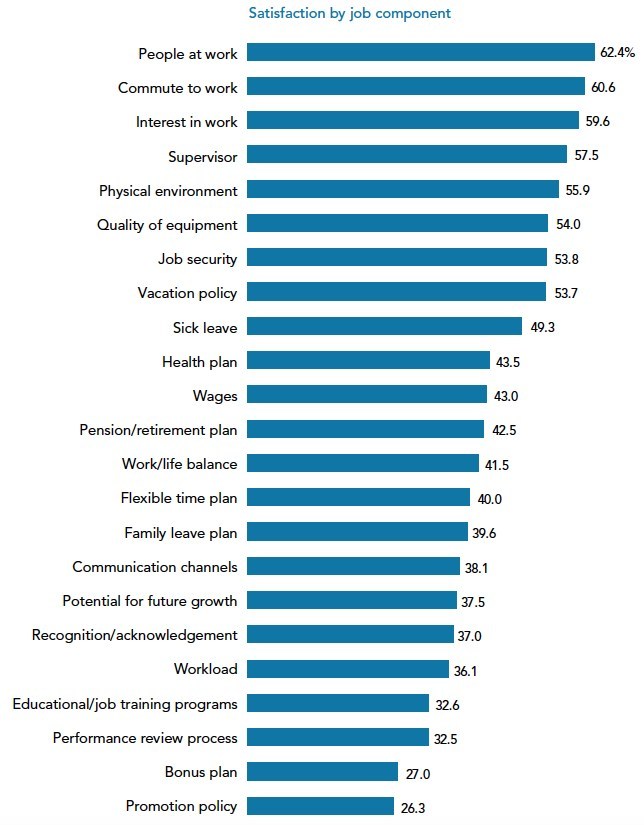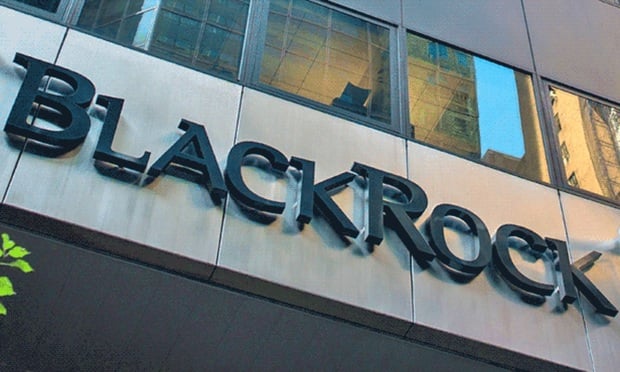 The greatest satisfaction for workers: the relational and social aspects of their job. (Photo: Shutterstock)
The greatest satisfaction for workers: the relational and social aspects of their job. (Photo: Shutterstock)
Workers might be generally satisfied with their job, but many are disappointed at their employer's lackluster approach to professional development, according to a survey of 1,500 workers by The Conference Board ahead of Labor Day.
Just over half (51 percent) of workers feel satisfied overall with their job. However, when asked about 23 separate components that contribute to job satisfaction, respondents gave the lowest marks to workload; educational/job training programs; performance review process; bonus plan; and, in last place, promotion policy.
Related: Top stressor for American workers? Their job.
“To attract and retain the most productive employees in today's labor market, companies must make a bigger commitment to addressing the factors within their control,” says Rebecca L. Ray, The Conference Board's executive vice president and a report author. “As workers continue to voluntarily leave their jobs at a record rate, the need to prioritize components relating to their professional development could not come at a more pressing time.”
 (PRNewsfoto/The Conference Board)
(PRNewsfoto/The Conference Board)Additional findings from the survey include:
– Job satisfaction is improving faster for lower-income households. The tightening labor market has become more visible in blue-collar and low-paid services occupations than in white-collar occupations. As a result, labor market conditions for these workers have improved, and so has their job satisfaction.
– Overall job satisfaction increased for the seventh year in a row. During this period wages and job security saw the largest improvements. Satisfaction has increased each year following the Great Recession.
– The greatest satisfaction for workers: the relational and social aspects of their job. Among the 23 survey components, participants gave the highest marks to people at work, followed by commute to work; interest in work; supervisor; and physical environment.
– Minnesota displaced Texas, the prior frontrunner, as the state with the highest job satisfaction (58 percent). Potential explanations come from the state's strong job market, which is much tighter than the national job market.
Through 2018 and 2019, the labor market will continue tightening, which will benefit employees and challenge employers, according to The Conference Board. With many workers having more job options than they have had in some time, both this year and next year, companies will likely have to try harder to satisfy their workers for retention and productivity. As a result, job satisfaction for employees will likely continue increasing.
“In 2019, we forecast unemployment to dip close to 3.5 percent, a low rate not seen since the 1960s,” says Gad Levanon, The Conference Board's chief economist for North America, and a report author. “As a result, we can expect employers to continue reducing educational requirements in the hiring process, leading to fewer workers feeling overqualified in their jobs, which further raises their job satisfaction.”
© Touchpoint Markets, All Rights Reserved. Request academic re-use from www.copyright.com. All other uses, submit a request to [email protected]. For more inforrmation visit Asset & Logo Licensing.







